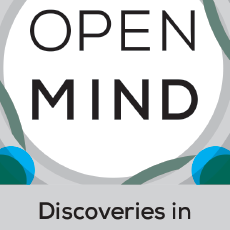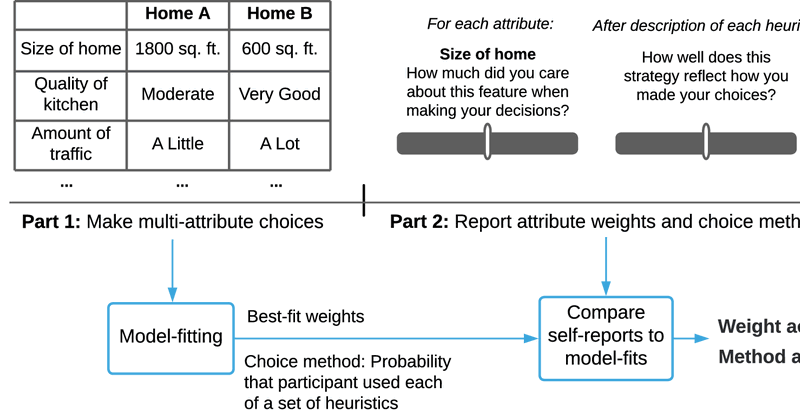
Adam Morris
@that_adammorris
Followers
504
Following
11
Media
3
Statuses
65
Cognitive science postdoc at Princeton, studying the hidden processes underlying decision-making and our ability to introspect on them.
Joined September 2021
A widespread view in psychology is that most cognitive processes are unconscious. In a new paper, I argue that many of these processes evade awareness for the same reason the "invisible gorilla" did: People fail to pay attention to them. 🧵.
direct.mit.edu
Abstract. Much of high-level cognition appears inaccessible to consciousness. Countless studies have revealed mental processes—like those underlying our choices, beliefs, judgments, intuitions,...
5
9
62
Before the study, we asked decision scientists from SJDM to predict participants’ accuracy. Participants were *much* more accurate than these experts predicted; experts thought people would only show an r of 0.44. (Thanks to everyone at @SJDM_Tweets who participated!)
1
0
2
Are we “strangers to ourselves”? Classic theories say people have limited insight into how they decide. Our new paper at @NatureComms challenges this view. With @carlsonr_, @hedykober, & @mollycrockett. 🧵.
nature.com
Nature Communications - People routinely choose between multi-attribute options, such as which movie to watch. Here, the authors show people often have accurate insight into their choices,...
2
13
27
If you're applying to psych PhD programs this year and want feedback on your application statement, check out ASFP! Students from marginalized backgrounds and those without access to informed mentorship are particularly encouraged to apply:.
asfp.io
0
0
5





